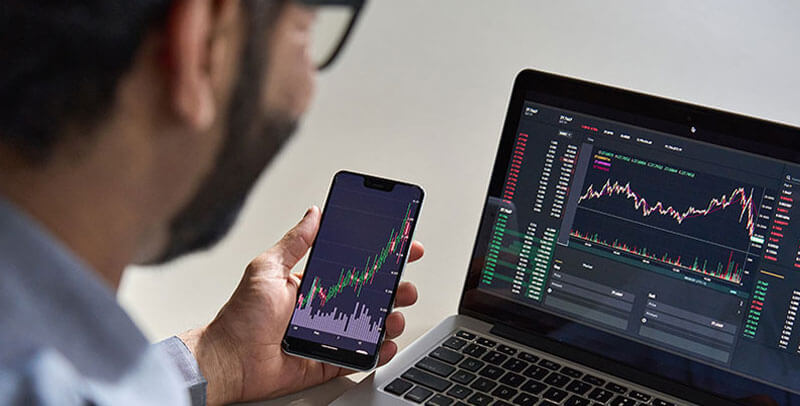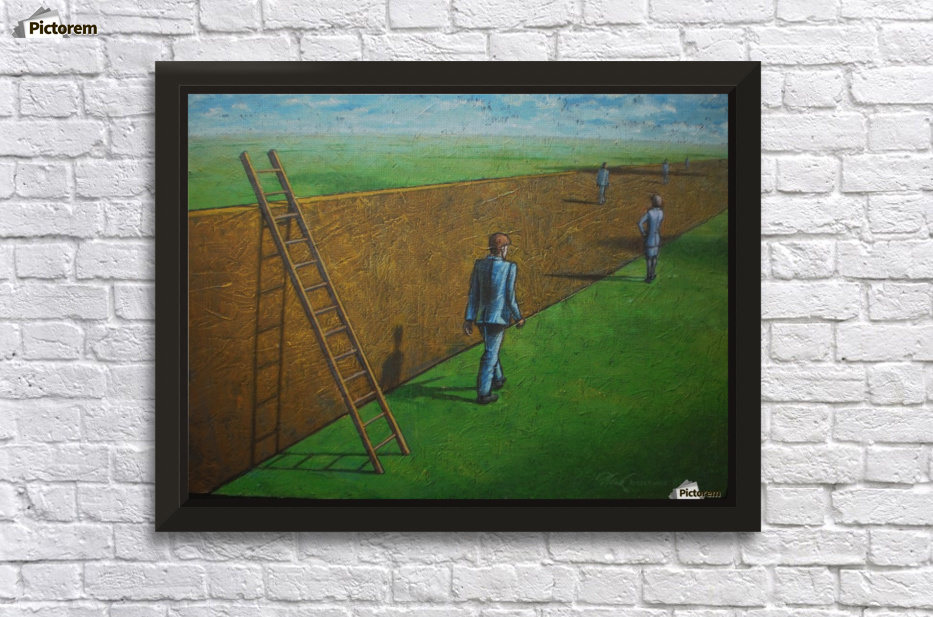Advantage and Disadvantage of Canvas
The fabric used to make canvas is an extremely versatile material. It is made from several different types of cotton yarn. Cotton yarn is easily adjustable, making it an ideal choice for canvas fabrics. The cotton industry is very stable, and raw materials are readily available throughout the world. It is also durable and incredibly soft, especially at higher thread counts. There are many different uses for canvas. Here are just a few of them. The following are some examples of the various types of canvas.
Although cotton is white, canvas can be dyed any color. While canvas has a natural cream color, it is more resistant to abrasion and tears. This property makes it ideal for work wear. Other uses of the fabric include housewares and outdoor tools. Depending on its use, it can be made into just about any pattern you can imagine. However, if you want a more luxurious product, you may want to opt for another material that is more flexible.
Although canvas is widely used in fashion and the arts, there are some downsides to its popularity. While the material is durable, it also is not particularly attractive to print on. Some chemical treatments can improve the fabric’s natural properties and make it flame-resistant, and help make it low-maintenance. The disadvantage of using canvas is its lack of drape. While it can be used for most clothing items, it does not have the same look or feel as other fabrics.
Apart from being a useful fabric, canvas has numerous uses in industry. It is a good choice for containers, as it can easily be customized and is inexpensive. Besides these applications, it can also be used for crafts. Some of the most popular ones include making bags, canoes, and jackets. You can use it for anything from crafts to shoes, and it is very durable. If you are considering buying some canvas, remember that it will likely last for many years.
The materials used in canvas include cotton, hemp, and linen. The latter is the least expensive, while cotton canvas is the most expensive. Hemp is an excellent choice for some people due to its medical benefits. Despite its lack of drape, this fabric is a good option for those who want to create fashion accessories. In addition to clothing, canvas is also used in fashion accessories and apparel. The fabric is a great choice for art and crafts, and is a great material for paintings.
As mentioned, canvas is a lightweight, durable, and strong fabric. It is often used for tents, backpacks, and other semi-permanent structures. It is similar to the type of fabric used for outdoor furniture. It is a popular choice for camping gear. It is lightweight, takes up little space, and is durable in the outdoors. And, as it is very durable, it is also a great option for tents.
Other uses of canvas fabric include sandbags, bags, and totes. The smooth surface makes it perfect for needle works. It is also more uniform, which makes your sewing project more professional. It is a great windscreen, making it a favorite among craftspeople and manufacturers alike. That’s why it’s so popular. It’s so durable that it’s used in so many different products. But it doesn’t stop there.
The smooth, uniform surface of canvas fabric makes it the ideal material for sewing. This makes it ideal for industrial and home use. It also lends itself to needle works because it is uniform. It also provides an effective windscreen, ranking second only to tin foil. Its versatility is one of its main benefits. The versatile material is popular with manufacturers and crafters. Aside from its durability and ease of use, canvas is a durable, functional fabric.
There are many different uses for canvas. It can be used for a variety of different projects. It is a durable plain-woven fabric, and is used for many practical purposes. It can be used to make sails, tents, and marquees, as well as backpacks. It can be made waterproof through the addition of synthetic fibers, and is a popular choice for many crafts. It can be incorporated into other types of clothing. Check out Create Fabrics for all your fabric needs.










